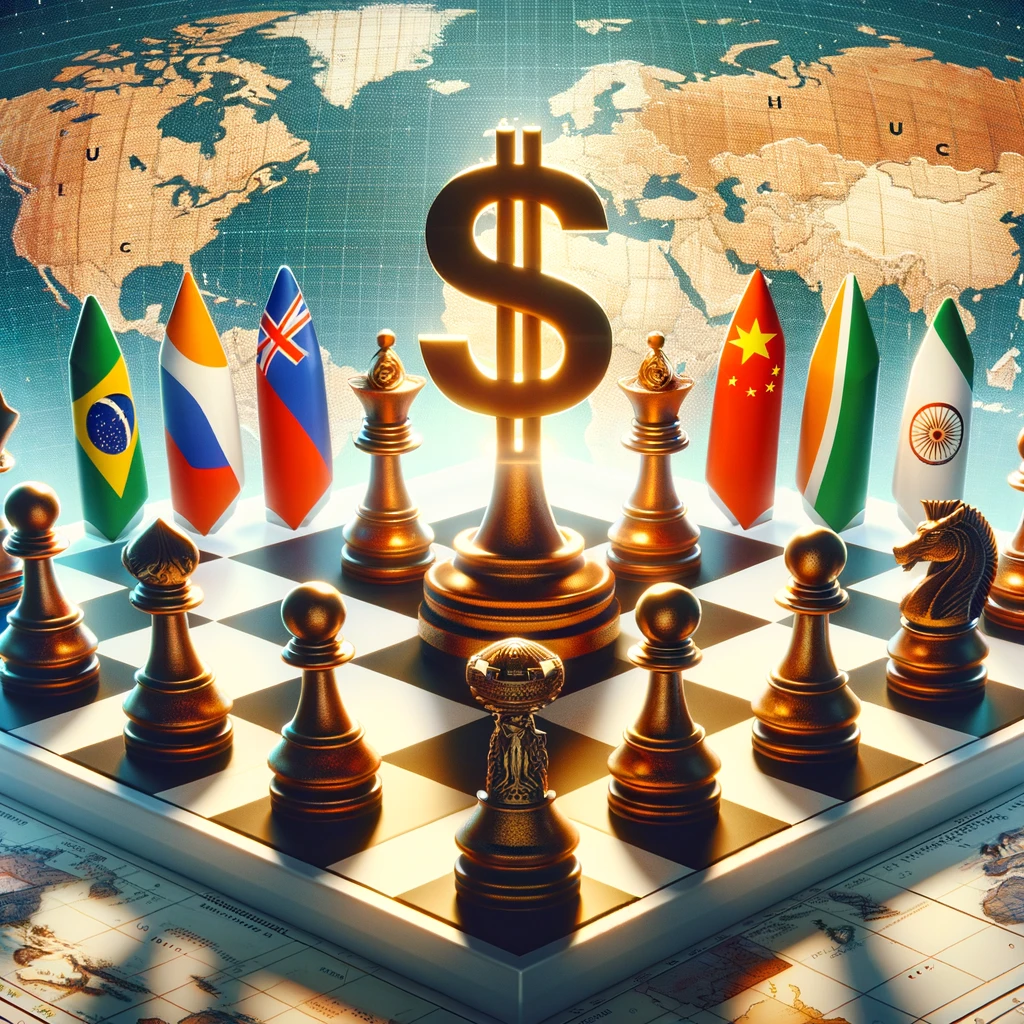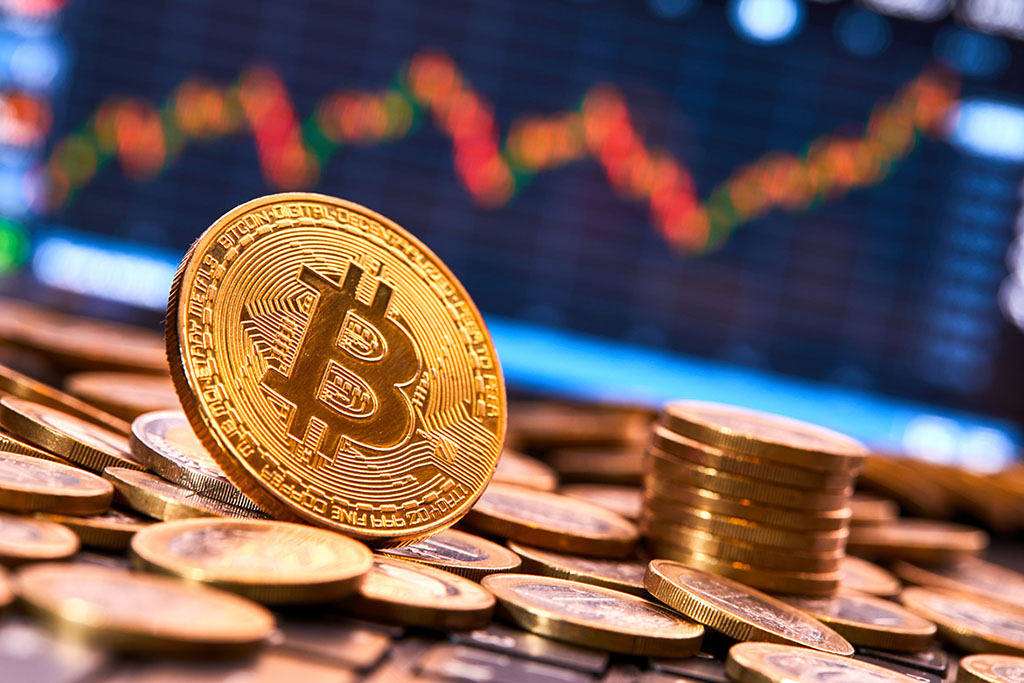The quest of BRICS (Brazil, Russia, India, China, South Africa, plus new pals Ethiopia, Iran, UAE, and Egypt) to launch a new currency to challenge the US dollar’s global supremacy is nothing short of audacious. They want to dethrone the dollar from its world reserve currency status. But let’s be realistic here, guys: knocking the dollar off its pedestal is a task of Herculean proportions. So, can they actually do it?
The Uphill Battle
It’s interesting and speculative that the BRICS haven’t revealed anything about their plans for a new currency. At first, the group made it clear that they wanted to compete with the dollar. But lately, their attention has been on improving trade within their own country and getting more out of oil deals, especially with Russia.
Right now, the dollar is lapping its competitors with about 58% of global trade and settlements under its belt. The Euro, its closest rival, trails at 20%, while the Chinese Yuan is barely scratching the surface with 3%. The notion of BRICS currencies stepping up to the plate anytime soon sure seems more like a pipedream.
Recently, BRICS has shifted gears from loudly broadcasting their currency ambitions to focusing on practical trade maneuvers, such as securing oil at discounted rates from Russia and persuading others to accept their local currencies for trade. Some success stories have emerged, with countries like the UAE, Pakistan, and Egypt warming up to the idea of trading in local currencies. However, these are but small victories in the grand scheme of things.
Creating a new currency that can compete with the dollar is a long shot, but the alliance plans to debate it more at their next summit. To succeed in the global market, a new currency has to be widely used and trusted, which is no easy feat when competing with long-standing powerhouses like the US dollar and the Euro.
Russia’s Finance Minister Anton Siluanov’s musings about a common unit of account akin to the Euro sparked intrigue but fell short of presenting a concrete roadmap. It’s one thing to dream of a currency that offers an alternative to the dollar; it’s another to bring such a vision to fruition.
The Realpolitik of Currency Wars
The BRICS countries are feeling the pinch as the West tightens its grip on their economies through trade and sanction limits. There’s no denying the appeal of a different payment system, but the realities are scary.
A variety of options are being considered, including a basket of BRICS currencies, gold pegs, and cryptocurrencies. Still, experts have their doubts. There are significant obstacles, such as the difficulty of bringing together different economies to use a single currency and the enormous institutional effort that would be required for this project.
The approach, nevertheless, introduces a fascinating subplot with real-world obstacles. As an example of the complex balancing act involved in preserving financial sovereignty while participating in global commerce, see India’s capital restrictions. Yet, for all the talk of de-dollarization and currency innovation, the ground reality remains unchanged: the dollar continues to reign supreme.
So, can the BRICS actually succeed in dethroning US dollar? I’d say probably not. Well at least not as quickly as they seem to want to.





